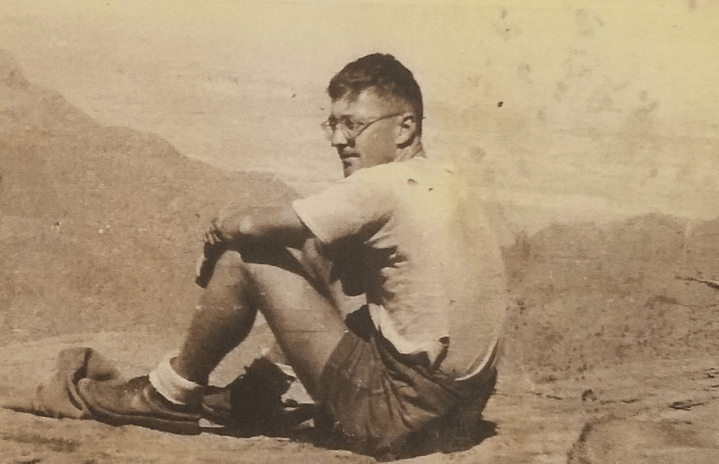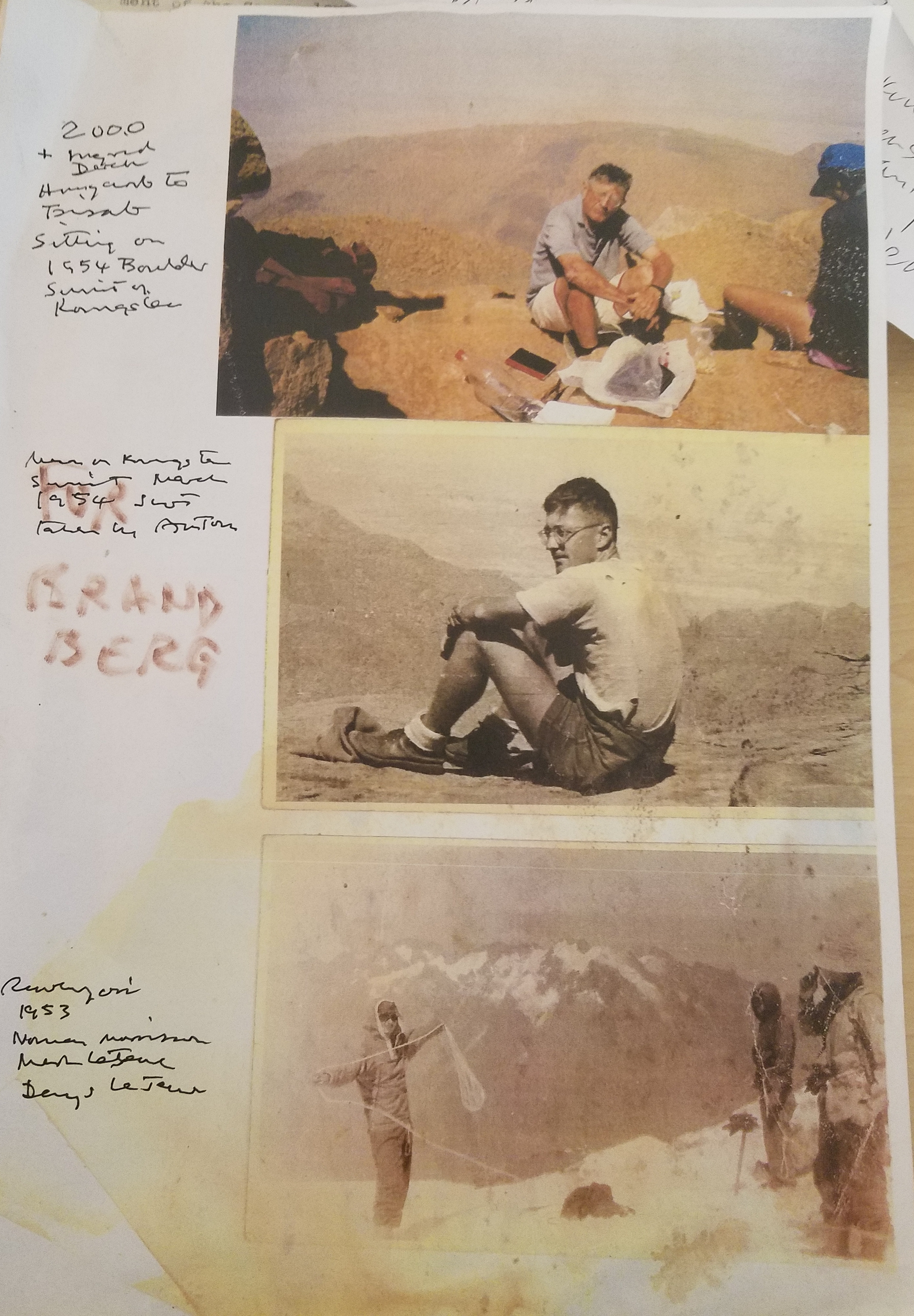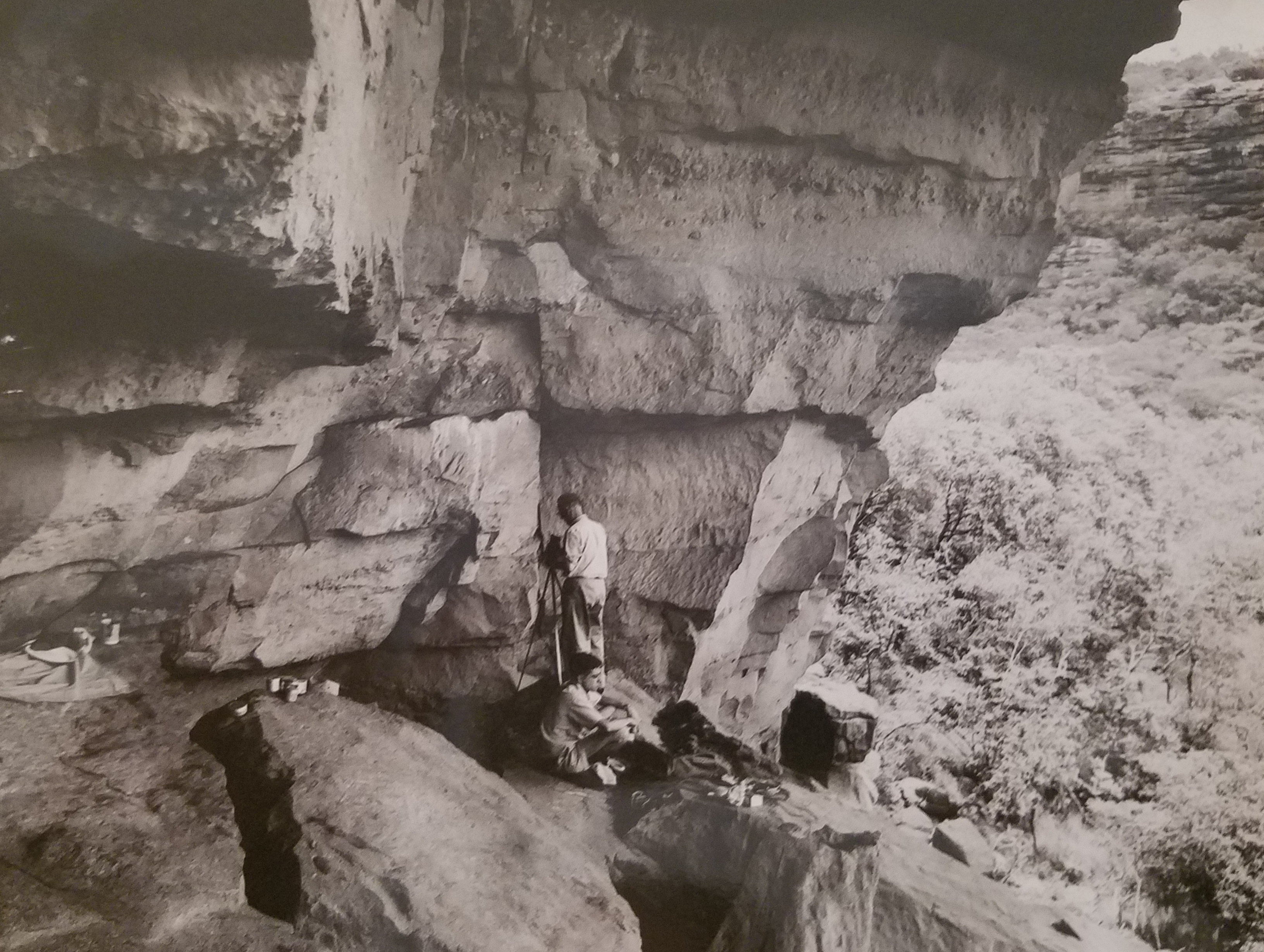TRIBUTE
Revil Mason carried on excavating the past right until the end

Archaeologist Revil Mason, who died on Sunday, was a pioneer who helped tell the story of South Africa that many didn’t want told.
On his property in North Riding, just north of Johannesburg, Revil Mason had found what he called an “interesting” cattle station, with a wall that was perhaps 300 years old.
“And that is my last excavation and that will be 60 years of African archaeology,” Mason told Daily Maverick early in 2019. It was to be the close of a chapter. Mason died on Sunday morning aged 91.
To those who knew and worked with him, he was larger than life, quite the eccentric and true pioneer in his field.
He was a member of a breed of archaeologists who could still disappear on months-long expeditions and return to enthral audiences with discoveries made in remote corners of southern Africa yet to be fully explored.
Even when old age was creeping up, Mason was still ready for adventure. At the age of 69 he embarked on a solo bike trip across the Karakoram Mountains, the western Himalayas, from Pakistan to China.
And the citizens of Joburg can thank Mason for helping tell the other story of their city. Of the time before the arrival of the white miners and the skyscrapers.
Mason dug throughout southern Africa, finding sites and telling a story that many didn’t want to be told.
“His contribution was enormous in a sense that he set up the [archaeology] unit at Wits,” says Wits archaeology associate professor Amanda Esterhuysen.
“He put forward some really nice ideas, one of them was the use of aerial surveys.”
It was Mason’s research into the pre-colonial history of the interior of South Africa that helped debunk the myth of the “empty land”, a theory used by the apartheid government to argue that when the Voortrekkers expanded up north they found territory that was unoccupied.
There were other discoveries too.
At the age of 25, in 1954 Mason climbed the Brandberg mountain range in Namibia looking for San rock art. He discovered what became known as the Brandberg Picasso, an abstract San rock art image.
He captured his discovery on then-rare colour 16 mm film.
Mason had come to archaeology after attending a lecture by famed palaeoanthropologist Professor Raymond Dart. He studied archaeology at the University of Cape Town. Soon he was heading out into the field on the hunt for sites.
At the age of 24, he was excavating Makapansgat in what is now Limpopo. In 1976 Wits created the Archaeological Research Unit, and he became its first director.
Last year Wits honoured their first archaeology director when they held an exhibition at the Origin Centre that celebrated Mason’s life work. It was titled “Through the Eyes of an Archaeologist”.
His daughter Petra was tasked with delving through mountains of pictures, film and field notes. The exhibition provided a peek into Mason’s many achievements, some of which went far beyond archaeology.
One photograph used in the exhibition showed three young men, trowels in hand, working an archaeological site in Johannesburg.
“This is 1976 and these kids have been shot at by the police, a week or two before. They were part of a demonstration and I was asked to look after them. These kids were completely terrified,” he said at the time.
To Petra, Mason lived life like “an early hominid” whose preferred way of cooking was on an open fire.
“We decided that the honey badger was his spirit animal, because he is very like the animal, always tough as nails and busting loose,” laughs Petra.
Mason’s six decades of work in archaeology are set to live on. His meticulous field note-taking is allowing a new generation of archaeologists, says Esterhuysen, to use his research and build on it to help better understand the past.
The early cattle station that he was still excavating was an indication of his passion, says Esterhuysen.
“To be in your nineties and still be interested enough to keep pursuing and trying to find out more. I think it’s quite remarkable,” she says.
Mason is survived by two daughters, Tamar Mason and Petra Mason, a grandson and a granddaughter. DM





















 Become an Insider
Become an Insider